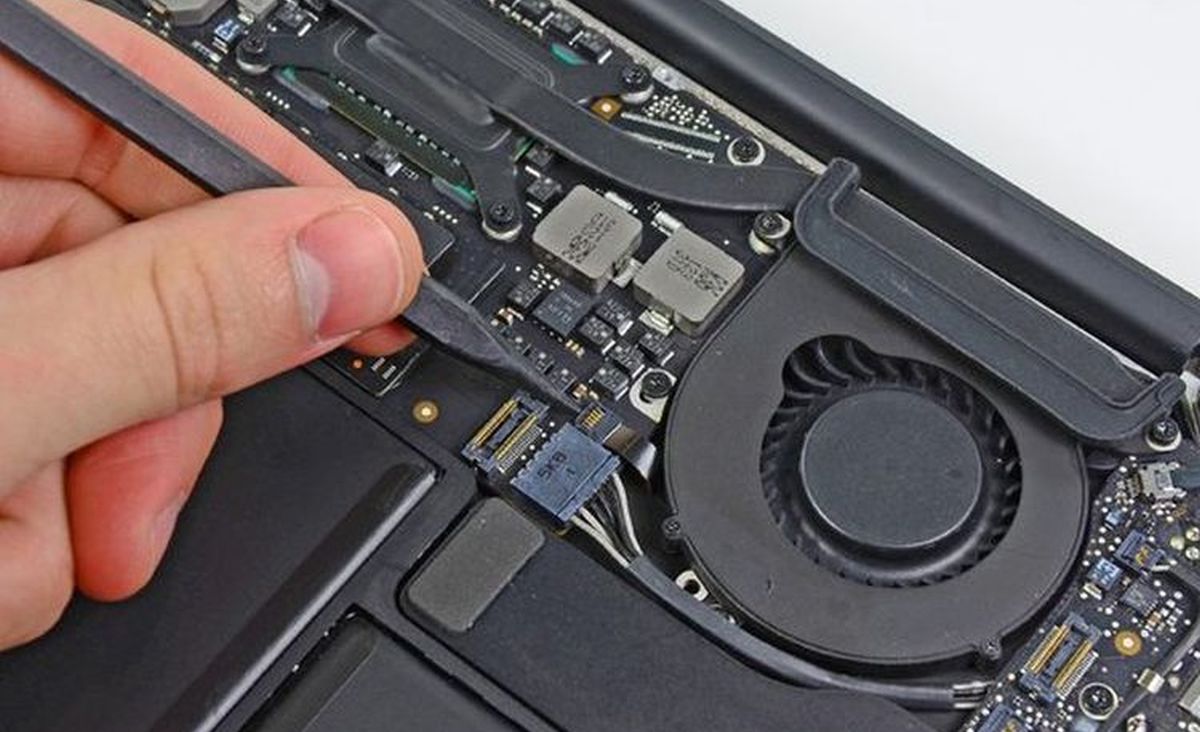

Articles
Why Does My Laptop Fan Keep Running
Modified: April 23, 2024
Find informative articles on why your laptop fan keeps running and learn how to troubleshoot this common issue.
(Many of the links in this article redirect to a specific reviewed product. Your purchase of these products through affiliate links helps to generate commission for Storables.com, at no extra cost. Learn more)
Introduction
Have you ever wondered why your laptop fan keeps running even when you’re not doing any intensive tasks? The constant whirring noise can be quite bothersome and make you question if something is wrong with your device. In this article, we will delve into the reasons behind this issue and provide some insights on how to address it.
The laptop fan plays a crucial role in maintaining the temperature of your device. Its primary function is to cool down the internal components such as the CPU, GPU, and hard drive, preventing them from overheating. However, sometimes the fan may keep running continuously, even when it shouldn’t. This can be a source of annoyance and, in some cases, indicate an underlying problem.
There are several potential causes for your laptop fan’s constant operation. Understanding these factors can help you diagnose the issue and take appropriate actions. It is important to keep in mind that while some reasons may require professional assistance, others can be easily resolved with simple troubleshooting steps.
In the following sections, we will explore the common causes of constant laptop fan running and provide practical tips to mitigate the issue. By doing so, you can ensure the proper functioning of your device and enjoy a quieter computing experience.
Key Takeaways:
- Constant laptop fan running can be caused by overheating, dust accumulation, software malfunctions, high CPU usage, and background processes. Understanding these factors and implementing practical tips can help reduce fan noise and improve laptop performance.
- Regularly cleaning the laptop fan, managing background processes, and monitoring CPU usage are essential for reducing excessive fan noise and creating a quieter computing environment. These maintenance practices can optimize performance and prolong the lifespan of your laptop.
Understanding the Laptop Fan
Before we dive into the reasons why your laptop fan may be running constantly, it’s important to have a basic understanding of how it works. The laptop fan is a small cooling device located inside your laptop, usually near the CPU or GPU. Its main purpose is to cool down these components by expelling hot air and drawing in cool air to maintain optimal operating temperatures.
The fan is typically controlled by the laptop’s internal temperature sensors, which detect when the components are getting too hot. When the temperature exceeds a certain threshold, the fan kicks in to increase airflow and dissipate heat. Once the temperature decreases, the fan slows down or switches off entirely.
The fan speed is usually adjustable, depending on the laptop’s cooling needs. It can operate at various speeds, ranging from low to high, to accommodate the level of heat generated by the internal components. In some laptops, you may even have the option to manually control the fan speed using software or BIOS settings.
It’s important to note that laptop fans are not designed to be completely silent. Some noise is normal during operation, especially when the fan is running at higher speeds to cool down the laptop. However, if the fan is constantly running at high speeds even when the laptop is idle, it may indicate an issue that needs to be addressed.
Now that we have a basic understanding of how the laptop fan functions, let’s explore the potential causes of constant fan running and how to troubleshoot them.
Causes of Constant Fan Running
There are several reasons why your laptop fan may be running constantly. Understanding these causes can help you pinpoint the issue and take appropriate steps to resolve it. Let’s explore the most common culprits:
- Overheating Issues: One of the primary reasons for constant fan operation is overheating. When your laptop’s internal components generate excessive heat, the fan works overtime to cool them down. This can happen due to heavy usage, inadequate ventilation, or blocked air vents.
- Dust Accumulation: Over time, dust and debris can accumulate inside your laptop, particularly on the fan blades and heat sinks. This buildup can obstruct airflow, leading to increased heat and fan activity. Regular cleaning is necessary to prevent dust-related issues.
- Software Malfunctions: Sometimes, software glitches or conflicts can cause your laptop fan to run continuously. This can happen due to faulty drivers, incompatible software, or system errors. Updating drivers and troubleshooting software-related issues can help resolve this problem.
- Background Processes: Certain applications and processes running in the background can put a strain on your laptop’s resources, leading to increased heat generation and fan activity. Identifying and managing these processes can help reduce the fan noise.
- High CPU Usage: A common cause of constant fan running is high CPU usage. This can occur when you’re running resource-intensive tasks such as gaming, video editing, or running multiple applications simultaneously. Optimizing your workflow or upgrading your hardware can alleviate the strain on the CPU.
These are just a few examples of the many factors that can contribute to your laptop fan’s constant running. By identifying the cause, you can take appropriate measures to address the issue and reduce your laptop’s fan noise. In the following sections, we will delve into some practical tips to help you mitigate this problem and enjoy a quieter computing experience.
Overheating Issues
One of the most common causes of a constantly running laptop fan is overheating. When your laptop’s internal components generate excessive heat, the fan kicks into high gear to cool them down. If your laptop feels hot to the touch or shuts down unexpectedly due to overheating, it’s crucial to address this issue promptly.
There are several factors that can contribute to overheating in laptops:
- Intensive Usage: Running resource-intensive tasks such as gaming, video editing, or running multiple applications simultaneously can put a heavy load on your laptop’s CPU and GPU, generating more heat than usual. This increased heat prompts the fan to work harder to maintain the optimum temperature.
- Inadequate Ventilation: If your laptop doesn’t have proper ventilation or if the air vents are blocked, it can restrict the airflow and prevent heat from escaping. This lack of ventilation can lead to the accumulation of heat, causing the fan to run continuously in an attempt to cool down the internal components.
- Obstructed Air Vents: Over time, dust and debris can accumulate on the exterior of your laptop, including the air vents. This buildup restricts the airflow and hampers the cooling process. Regularly cleaning the air vents can help alleviate this issue and prevent overheating.
- Faulty Cooling System: In some cases, the constant fan running may be due to a malfunctioning cooling system. The fan may not be operating at its optimal speed or the heat sink may not be efficiently dissipating heat. If you suspect a hardware issue, it’s best to seek professional assistance for repair or replacement.
To address overheating issues and reduce the constant fan running, here are a few tips:
- Ensure Proper Ventilation: Ensure that your laptop has enough space around it and that the air vents are not obstructed. Place it on a flat surface and consider using a laptop cooling pad to improve airflow.
- Clean Air Vents: Regularly clean the exterior of your laptop, including the air vents, using compressed air or a soft brush to remove dust and debris. This will promote better airflow and cooling efficiency.
- Optimize Usage: Avoid running too many resource-intensive tasks simultaneously. Close any unnecessary applications and reduce the load on your CPU and GPU by optimizing your workflow.
- Use Power Settings: Adjusting your laptop’s power settings to a lower performance mode can help reduce heat generation and fan activity. This can be done through the operating system’s power settings or through dedicated software provided by the laptop manufacturer.
By addressing overheating issues and implementing these tips, you can help prevent unnecessary strain on your laptop’s components, reduce the constant fan running, and ensure efficient cooling.
Dust Accumulation
Another common cause of a constantly running laptop fan is the accumulation of dust and debris inside the device. Over time, dust can settle on the fan blades, heat sinks, and other internal components, obstructing airflow and impairing the cooling system’s efficiency.
Dust accumulation can occur due to several reasons:
- Usage Environment: If you often use your laptop in dusty or dirty environments, such as workshops or areas with poor ventilation, it increases the likelihood of dust entering your device. Even in relatively clean environments, dust particles can still find their way into the laptop.
- Pet Hair and Fur: If you have pets, their hair or fur can easily get caught in the fan blades, leading to dust accumulation. Pet owners should be particularly vigilant in cleaning their laptop regularly to prevent overheating and fan noise issues.
- Poorly Sealed Laptop: In some cases, laptops may have gaps or openings that allow dust to enter more easily, especially on older models or laptops that have undergone repairs or modifications.
To mitigate dust accumulation and reduce the constant fan running, here are some steps you can take:
- Regular Cleaning: Periodically clean your laptop to remove dust and debris. Start by turning off the laptop and unplugging it from the power source. Use compressed air or a soft brush to gently clean the air vents, keyboard, and other exterior surfaces. Be cautious not to apply too much pressure or use sharp objects that could damage the components.
- Deep Cleaning: If you notice significant dust buildup inside your laptop or experience persistent overheating issues, it may be necessary to perform a deeper cleaning. This involves opening the laptop and carefully removing dust from the fan blades and heat sinks. If you are not comfortable doing this yourself, it’s best to consult a professional technician.
- Preventive Measures: Consider using laptop cooling pads or laptop stands with built-in fans to elevate your laptop and promote better airflow. These accessories help to minimize dust accumulation and assist in heat dissipation.
- Keep the Environment Clean: Try to use your laptop in clean and dust-free environments, or use a keyboard cover to prevent dust from entering through the keyboard. Additionally, minimize the presence of pet hair or fur near your laptop to avoid unnecessary dust accumulation.
By regularly cleaning your laptop and taking preventive measures, you can effectively reduce dust accumulation, improve airflow, and alleviate the constant fan running caused by dust-related issues.
Read more: Why Does My Hot Tub Keep Running
Software Malfunctions
A common cause of a constantly running laptop fan is software malfunctions. Issues with drivers, conflicting software, or system errors can disrupt normal fan operation and result in continuous fan running. Understanding and troubleshooting these software-related problems can help resolve the issue and restore proper fan functionality.
Here are some potential software-related factors that can contribute to constant fan running:
- Faulty or Outdated Drivers: Drivers are software programs that facilitate communication between your laptop’s hardware components and the operating system. If the fan driver is faulty or outdated, it can cause the fan to malfunction or run at higher speeds than necessary. Updating the drivers to the latest versions can often resolve this issue.
- Incompatible Software: Certain software programs may conflict with the operating system or other applications, leading to abnormal behavior and increased fan activity. If you notice that the fan runs excessively after installing a specific software, try uninstalling it to see if the issue is resolved.
- System Errors: System errors, such as corrupted system files or incorrect configurations, can disrupt the normal functioning of the fan. Running a system scan or using built-in troubleshooting tools provided by your operating system can help identify and resolve these errors.
- Malware or Viruses: Malware or viruses can interfere with various system functions, including the fan control. Perform a thorough scan using reliable antivirus software to detect and remove any malicious programs that may be causing the constant fan running.
To address software malfunctions and reduce the constant fan running, follow these steps:
- Update Drivers: Visit the manufacturer’s website or use a reputable driver update software to ensure that all drivers, including the fan driver, are up to date.
- Uninstall Conflicting Software: Identify any recently installed software that may be causing the issue and uninstall it. Pay close attention to software related to system monitoring or fan control as they can interfere with fan operation.
- Run System Troubleshooter: Many operating systems offer a built-in troubleshooter that can help identify and fix software-related issues automatically. Search for “troubleshoot” in your operating system’s settings and run the appropriate troubleshooter for system performance or hardware problems.
- Scan for Malware: Use trusted antivirus software to scan your laptop for malware and viruses. If any threats are found, remove them accordingly.
By addressing software malfunctions and following these troubleshooting steps, you can potentially resolve the constant fan running caused by software-related issues. If the problem persists, it may be necessary to seek professional technical support to diagnose and resolve the underlying problem.
Background Processes
Background processes running on your laptop can contribute to the constant running of the fan. These processes, which often run silently in the background, can consume system resources and generate heat, causing the fan to work harder to maintain a stable temperature. Identifying and managing these background processes can help reduce the strain on your laptop and minimize the noise caused by the fan.
Here are some common examples of background processes that can lead to constant fan running:
- Antivirus Scans: Antivirus software often runs scheduled scans in the background to ensure your laptop is protected from malware. These scans can be resource-intensive and may increase CPU usage, resulting in the fan running at higher speeds. Consider scheduling the scans for a time when you’re not actively using your laptop or adjusting the settings to reduce their impact on system resources.
- Software Updates: Operating system updates or software updates can also trigger background processes that consume system resources. These processes may run at high priority to ensure timely updates, leading to increased CPU usage and fan activity. It’s a good idea to schedule updates during periods of lower laptop usage to minimize their impact.
- Cloud Synchronization: If you use cloud services such as Dropbox, Google Drive, or OneDrive, they may continuously synchronize files in the background, resulting in increased disk activity and CPU usage. Adjusting the synchronization settings or pausing the synchronization when it’s not necessary can help reduce the strain on your laptop.
- System Monitoring Tools: System monitoring applications, such as task managers or hardware monitoring utilities, continuously collect and display real-time information about your laptop’s performance. While these tools are helpful for monitoring resource usage, they can also consume system resources themselves, leading to increased fan activity. Consider closing these applications when not actively monitoring your system.
- Automatic Updates and Notifications: Some applications or services may run in the background to check for updates or provide notifications. These processes can contribute to increased CPU usage and fan activity, especially if they run frequently. Adjusting the settings of these applications to reduce their frequency or disabling unnecessary automatic updates and notifications can help reduce the strain on your laptop.
Here are a few ways to manage background processes and reduce constant fan running:
- Optimize Startup Programs: Disable or remove unnecessary programs from the startup list to prevent them from running in the background when you turn on your laptop. This can help reduce the overall load on your system resources.
- Close or Disable Unnecessary Processes: Use the task manager or similar tools to identify resource-consuming processes and close or disable them when they are not needed. Be cautious not to terminate essential system processes, as this can impact the stability or functionality of your laptop.
- Monitor Resource Usage: Keep an eye on the CPU, memory, and disk usage of your laptop using built-in system monitoring tools or third-party applications. This allows you to identify any processes that are consuming excessive resources and take appropriate action.
- Adjust Synchronization Settings: If you use cloud storage services, adjust the synchronization settings to reduce the frequency or pause synchronization when your laptop is idle or not connected to power. This can minimize the strain on your laptop’s resources.
By managing background processes effectively, you can reduce the strain on your laptop’s resources, decrease the heat generated, and potentially reduce the constant running of the fan.
Ensure that your laptop is placed on a hard, flat surface to allow proper airflow and prevent the fan from working harder than necessary. Regularly clean the fan and vents to remove dust and debris that can cause the fan to run constantly.
High CPU Usage
High CPU usage is a common cause of a constantly running laptop fan. When the CPU is under heavy load, it generates more heat, putting additional strain on the cooling system. As a result, the fan runs at higher speeds to dissipate the excess heat and maintain a safe operating temperature. To reduce the constant fan running, it’s important to address high CPU usage and optimize its utilization.
Here are a few factors that can contribute to high CPU usage:
- Resource-Intensive Applications: Running applications that require significant processing power, such as video editing software, virtual machines, or demanding games, can lead to high CPU usage. These tasks consume a large portion of the CPU’s resources, resulting in increased heat generation.
- Background Processes: As mentioned earlier, background processes can consume system resources and contribute to high CPU usage. These processes may include automatic updates, system scans, or cloud synchronization. Identifying and managing these processes can help alleviate the strain on the CPU.
- Insufficient Hardware Specifications: If your laptop’s hardware specifications are not sufficient to handle the tasks you’re performing, it can lead to high CPU usage. Inadequate RAM, slow hard drives, or outdated processors may struggle to keep up with demanding applications, resulting in increased CPU activity.
- Software or Driver Issues: Software or driver-related problems can cause abnormal CPU usage. This can occur due to incompatible software, outdated drivers, or conflicts between different applications. Ensuring that your software is up to date and resolving any conflicts can help reduce CPU strain.
To address high CPU usage and reduce the constant fan running, consider the following steps:
- Optimize Application Usage: Close any unnecessary applications or processes that are running in the background and consuming CPU resources. Prioritize the tasks that require high CPU usage and close applications that are not currently needed.
- Upgrade Hardware: If your laptop’s hardware is not sufficient to handle your requirements, consider upgrading relevant components such as RAM or replacing slow hard drives with faster alternatives. This can help improve overall performance and reduce CPU load.
- Update Drivers and Software: Ensure that your drivers and software are up to date. Outdated drivers or incompatible software can contribute to high CPU usage. Regularly check for updates and install them to resolve potential issues.
- Monitor Resource Usage: Keep track of CPU usage using system monitoring tools or third-party software. This allows you to identify and address any processes or applications that are causing abnormally high CPU usage.
- Optimize Power Settings: Adjusting power settings can help reduce CPU usage. Choosing a power plan that balances performance and energy efficiency can control CPU activity and reduce heat generation.
By addressing high CPU usage and following these optimization steps, you can minimize the strain on your laptop’s CPU, reduce heat generation, and subsequently alleviate the constant running of the fan.
Tips to Reduce Laptop Fan Noise
Dealing with a constantly running laptop fan can be irritating, especially if it produces a loud and disruptive noise. While it’s important to address the underlying causes of the constant fan running, there are also some tips and tricks you can implement to help reduce laptop fan noise. These tips can help create a more pleasant and quieter computing experience.
Let’s explore some effective strategies to reduce laptop fan noise:
- Cleaning the Laptop Fan: Over time, dust and debris can accumulate on the fan blades and heat sinks, obstructing airflow and causing the fan to work harder. Regularly cleaning the fan can help improve its performance and reduce noise. Use compressed air or a soft brush to gently clean the fan blades and surrounding areas. You can also consider using a laptop cooling pad to minimize dust accumulation.
- Managing Background Processes: Identify and close unnecessary background processes to minimize CPU usage and reduce the strain on your laptop’s cooling system. Task Manager or similar system monitoring tools can help you identify resource-consuming processes. Prioritize your tasks and close any applications or processes that are not needed at the moment.
- Monitoring CPU Usage: Monitor your laptop’s CPU usage to identify resource-intensive applications or tasks. If you notice high CPU usage, optimize your workflow to reduce the strain on the CPU and subsequently lower fan noise. Consider closing unnecessary applications and limiting multitasking when running intensive tasks.
- Optimizing Power Settings: Adjusting the power settings of your laptop can help regulate CPU activity and reduce heat generation. Opt for power-saving modes or customize power plans to balance performance and energy efficiency. Lowering the maximum processor state or adjusting cooling policy settings can also help mitigate fan noise.
- Using Laptop Cooling Pads: Laptop cooling pads can enhance airflow around your laptop and help dissipate heat more efficiently. These pads usually come with built-in fans that provide additional cooling. Choose a cooling pad with suitable airflow and ergonomic design to minimize noise and improve overall performance.
- Avoid Blocking Air Vents: Ensure that the air vents on your laptop are not obstructed. Place your laptop on a flat surface that allows adequate airflow. Avoid using your laptop on soft surfaces like blankets or pillows, as they can block ventilation and contribute to increased heat and fan noise.
- Ensure Proper Ventilation: Create a well-ventilated environment for your laptop. Avoid using your laptop in excessively hot or humid conditions, as it can cause the internal components to heat up more quickly. If possible, use your laptop in an air-conditioned or well-ventilated room.
- Ensure Software and Drivers are Up to Date: Outdated software or drivers can sometimes cause increased fan noise. Regularly update your operating system, drivers, and applications to ensure they are functioning optimally. Updates often include bug fixes and performance enhancements that can help reduce fan noise.
Implementing these tips can significantly reduce laptop fan noise and create a more comfortable working environment. However, if the fan noise persists despite troubleshooting and implementing these strategies, it may be indicative of a hardware issue. In such cases, it is advisable to seek professional assistance for further diagnosis and repair.
Remember, maintaining your laptop’s cooling system is crucial for its longevity and optimal performance. Regular cleaning and mindful usage habits can go a long way in keeping your laptop running quietly and efficiently.
Read more: Why My Toilet Keeps Running
Cleaning the Laptop Fan
Regularly cleaning the laptop fan is essential to ensure proper airflow and reduce fan noise. Over time, dust and debris can accumulate on the fan blades and heat sinks, obstructing airflow and causing the fan to work harder to maintain optimal cooling. By cleaning the fan, you can improve its performance, reduce noise, and prevent potential overheating issues.
Here’s a step-by-step guide on how to clean your laptop fan:
- Prepare Your Workspace: Start by turning off your laptop and unplugging it from the power source. Find a clean and well-lit workspace to perform the cleaning.
- Locate the Fan: Depending on your laptop model, the fan is usually located near the CPU or GPU. Refer to your laptop’s user manual or manufacturer’s website to identify the specific location of the fan.
- Remove the Dust: Use compressed air to blow away the dust and debris from the fan blades, heat sink, and surrounding areas. Hold the compressed air can upright and several inches away from the components to avoid damaging them. Ensure that the airflow is directed towards the fan to remove the dust effectively.
- Use a Brush: If there is stubborn dust buildup, you can use a soft brush, such as a clean paintbrush or a makeup brush, to gently remove the dust from the fan blades and heat sink. Be careful not to apply too much pressure or use abrasive materials that could damage the components.
- Exterior Cleaning: While you’re at it, take the opportunity to clean the exterior of your laptop. Use a soft, lint-free cloth slightly dampened with water or isopropyl alcohol to wipe the surface and remove any smudges or dirt. Avoid using excessive moisture and ensure that the cloth is not dripping wet.
- Final Check: After cleaning, give your laptop a few minutes for any residual moisture to evaporate. Once you’re confident that everything is dry, reassemble any components you might have removed (if applicable).
- Regular Maintenance: To prevent dust buildup and maintain optimal performance, it’s recommended to clean your laptop fan every 3-6 months, depending on your usage and the environment in which you use your laptop.
While cleaning the laptop fan can be done by yourself, if you are unsure or uncomfortable with taking apart your laptop, it’s best to consult the manufacturer or a professional technician for assistance. They can provide guidance or perform the cleaning for you to avoid any accidental damage.
By regularly cleaning your laptop fan, you can keep it free from dust and debris, ensure proper airflow, and reduce fan noise. This not only improves the overall performance and lifespan of your laptop but also provides a quieter and more efficient computing experience.
Managing Background Processes
Managing background processes is crucial for reducing excessive CPU usage and minimizing fan noise in your laptop. Background processes are programs or tasks that run silently in the background, often consuming system resources without your active involvement. These processes can contribute to high CPU usage, causing the fan to run at higher speeds and generate unnecessary noise. By identifying and managing these processes effectively, you can optimize system performance and create a quieter computing experience.
Here are some tips for managing background processes:
- Identify Resource-Intensive Processes: Use the task manager or similar system monitoring tools to identify which processes are consuming the most CPU resources. Look for processes that consistently have high CPU usage or those that are unfamiliar to you.
- Close Unnecessary Applications: Close any unnecessary applications or programs that you are not actively using. These applications may continue to consume CPU resources even when you’re not actively interacting with them. Close them to free up system resources and reduce strain on the CPU.
- Disable Startup Programs: Many applications are configured to launch automatically when you start your laptop. These programs consume system resources in the background, contributing to high CPU usage. Review the list of startup programs and disable those that are not essential for your startup routine.
- Manage System Services: Some system services can have a significant impact on CPU usage. Use the services management console (accessible via the task manager or control panel) to adjust the startup type of specific services. Change non-essential services to manual or disable them if they are not needed.
- Prioritize Active Tasks: When you have multiple applications open, some may continue running processes even when they are not actively in use. Identify your most essential and resource-intensive tasks, and close any unnecessary applications to prioritize system resources for the active tasks.
- Check for Automatic Updates: Software updates can introduce background processes that consume CPU resources. Check the settings of your applications to see if automatic updates are enabled. Consider disabling automatic updates or scheduling them for times when you’re not actively using your laptop.
- Use Task Manager and Resource Monitors: Regularly monitor your laptop’s performance using the task manager and resource monitors provided by your operating system. These tools allow you to view CPU usage, memory usage, and disk activity, giving you insights into which processes may be causing high CPU usage and fan noise.
- Consider Third-Party Software: There are third-party software applications available that can help manage and optimize background processes. These tools provide more advanced control over processes and can assist in reducing CPU usage and fan noise.
By implementing these strategies and effectively managing background processes, you can reduce CPU usage, minimize fan noise, and improve the overall performance of your laptop. Remember that keeping only essential processes running in the background allows your laptop to operate more efficiently while creating a quieter computing environment.
Monitoring CPU Usage
Monitoring CPU usage is a valuable practice for understanding the resource demands of your laptop and identifying potential causes of high CPU usage and fan noise. By keeping an eye on CPU usage, you can quickly identify processes or applications that are consuming excessive resources and take appropriate actions to optimize performance and reduce fan noise.
Here are some tips for monitoring CPU usage effectively:
- Task Manager: The built-in Task Manager in Windows or Activity Monitor in macOS provides real-time data on CPU usage. To access it, simply press `Ctrl+Shift+Esc` in Windows or search for “Activity Monitor” in the Spotlight search on macOS.
- Resource Monitor: Windows users can access the Resource Monitor, which provides more detailed information on CPU usage and system resource usage. To access it, open Task Manager, go to the “Performance” tab, and click on “Open Resource Monitor” at the bottom.
- Third-Party Monitoring Tools: There are various third-party applications available that provide comprehensive monitoring of CPU usage. These tools often offer more advanced features, customizable graphs, and additional information to help you analyze CPU usage effectively.
- Monitor CPU Usage over Time: Observing CPU usage over an extended period can help identify patterns or specific times when the CPU usage spikes. This can be useful for determining if certain processes or tasks are causing excessive CPU usage and subsequently fan noise.
- Identify Resource-Intensive Processes: Monitor CPU usage to identify processes or applications that consistently consume high amounts of CPU resources. Look for specific processes that exhibit abnormally high CPU usage, even when your laptop is idle. Investigate these processes to determine if they can be optimized or if there are alternatives available.
- Optimize Resource-Intensive Applications: If you notice that certain resource-intensive applications consistently cause high CPU usage, explore ways to optimize their performance. Check for available updates, adjust settings to reduce their impact on CPU usage, or consider alternative applications that are less demanding.
- Manage Background Processes: CPU monitoring can help you identify background processes that consume excessive resources. Look for processes with a high CPU usage percentage and evaluate if they are necessary. Close or disable any unnecessary background processes to reduce CPU load and subsequently fan noise.
- Use System Tray and Widgets: Some operating systems and third-party tools offer system tray icons or widgets that provide at-a-glance CPU usage information. These tools allow you to monitor CPU usage in real-time without having to open separate applications.
By actively monitoring CPU usage, you can gain insights into the resource demands of your laptop and identify potential causes of high CPU usage and fan noise. Regularly monitoring CPU usage will allow you to make informed decisions about managing processes, optimizing applications, and maintaining a quieter and smoother computing experience.
Conclusion
Dealing with a laptop fan that runs constantly can be a frustrating experience. However, understanding the reasons behind the constant fan running and implementing effective strategies can help reduce fan noise and create a more comfortable computing environment.
In this article, we explored the various causes of constant fan running, including overheating issues, dust accumulation, software malfunctions, high CPU usage, and background processes. By identifying these factors, you can take appropriate actions to address the root causes and alleviate fan noise.
We discussed the importance of understanding how the laptop fan works and its role in maintaining optimal operating temperatures. This understanding is crucial when troubleshooting any fan-related issues.
We provided practical tips for dealing with each cause. From cleaning the laptop fan and managing background processes to optimizing power settings and monitoring CPU usage, these tips can help you reduce excessive fan noise and improve overall laptop performance.
It’s important to note that regular maintenance and good usage habits are essential for keeping your laptop running smoothly and quietly. Cleaning your laptop fan periodically, managing background processes, and monitoring CPU usage should become part of your regular laptop maintenance routine.
If you continue to experience constant fan running despite implementing these strategies, it may be indicative of a hardware issue. In such cases, it is advisable to seek professional assistance to diagnose and resolve the underlying problem.
Remember, a quiet and efficient laptop not only enhances your productivity but also prolongs the lifespan of your device. By following the tips and strategies outlined in this article, you can minimize fan noise, optimize performance, and ensure a more enjoyable computing experience.
Frequently Asked Questions about Why Does My Laptop Fan Keep Running
Was this page helpful?
At Storables.com, we guarantee accurate and reliable information. Our content, validated by Expert Board Contributors, is crafted following stringent Editorial Policies. We're committed to providing you with well-researched, expert-backed insights for all your informational needs.
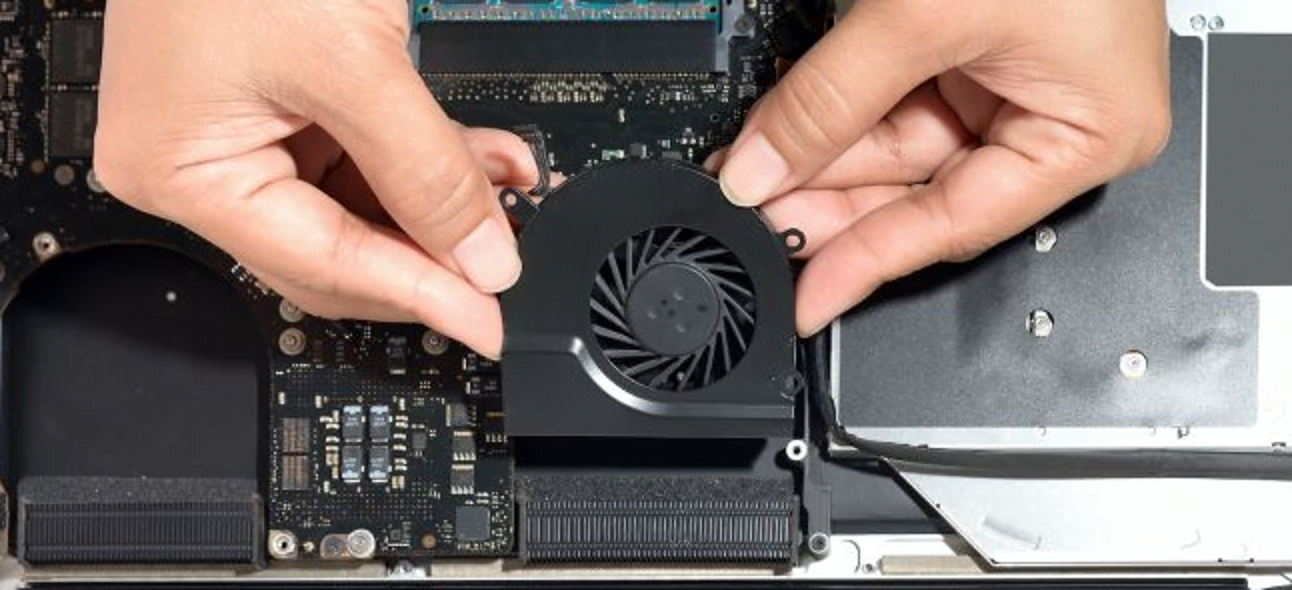
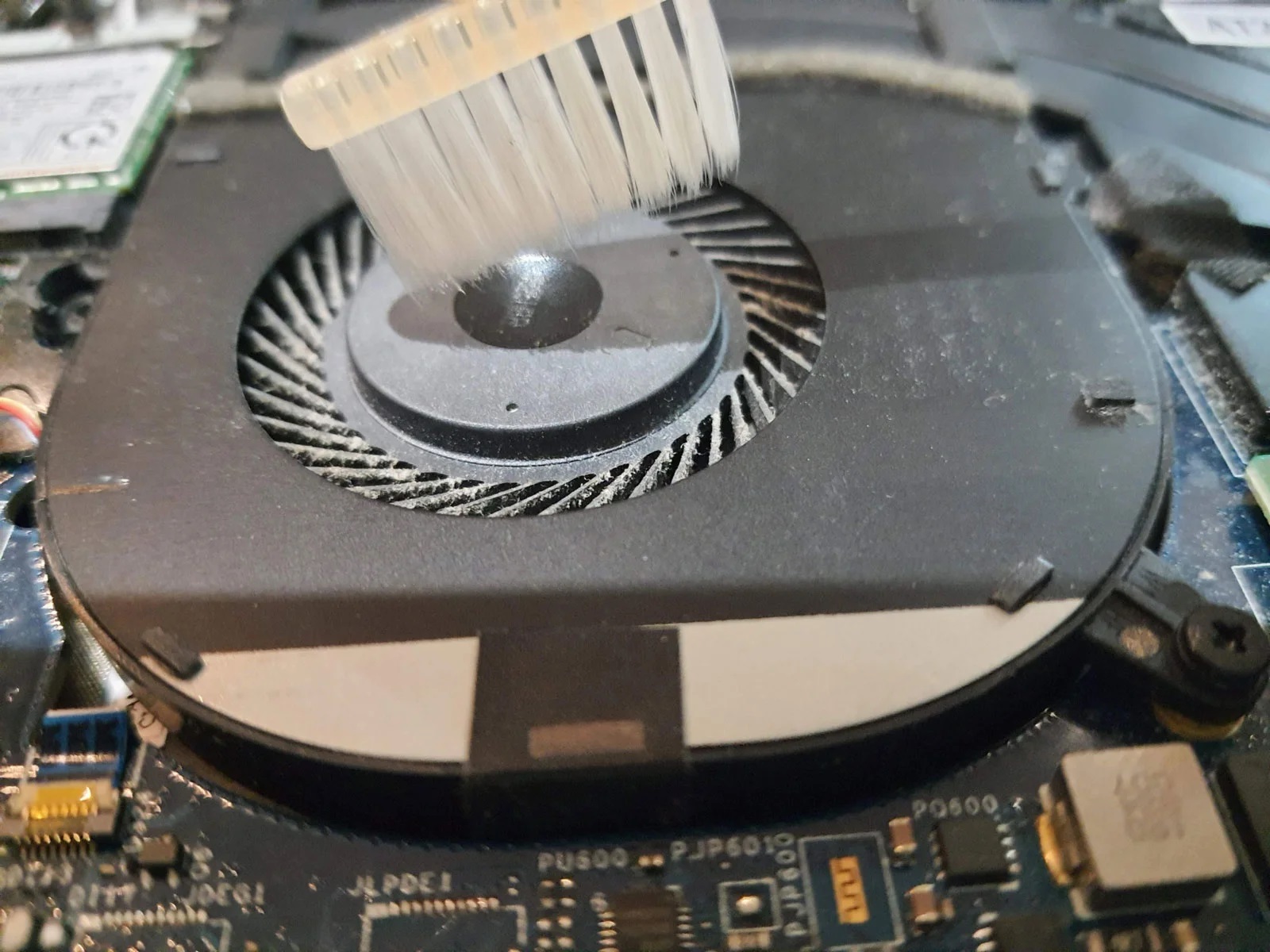
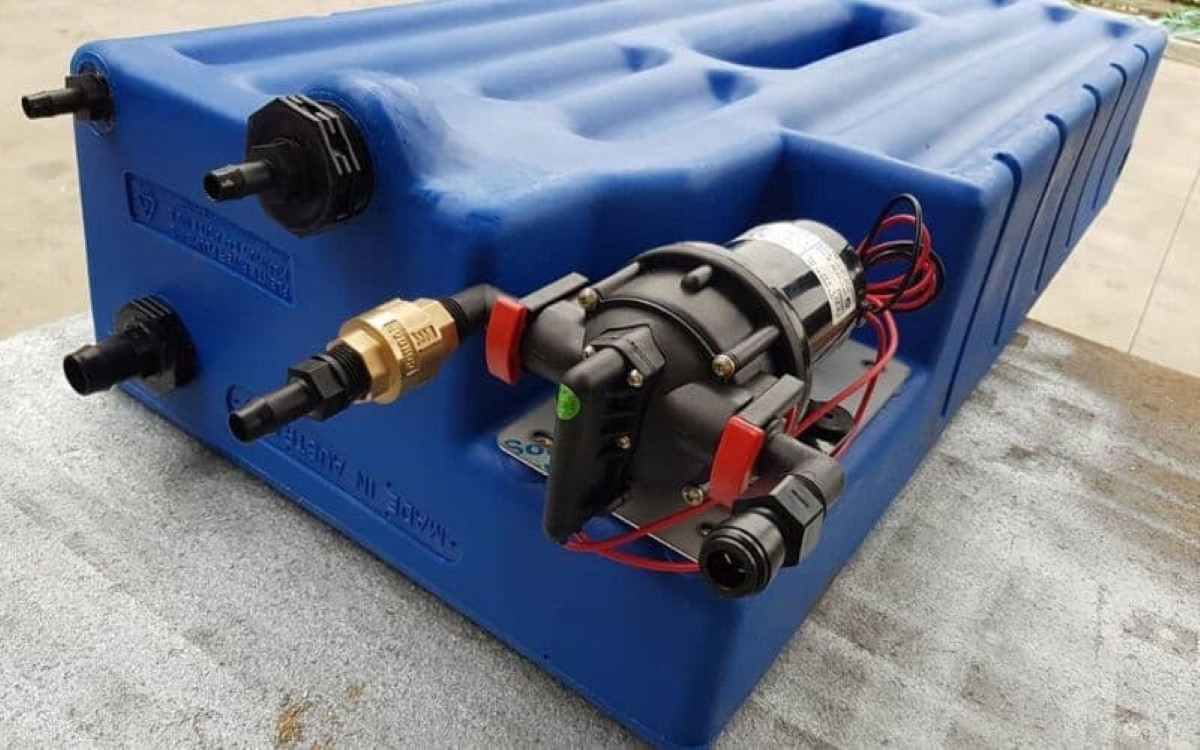
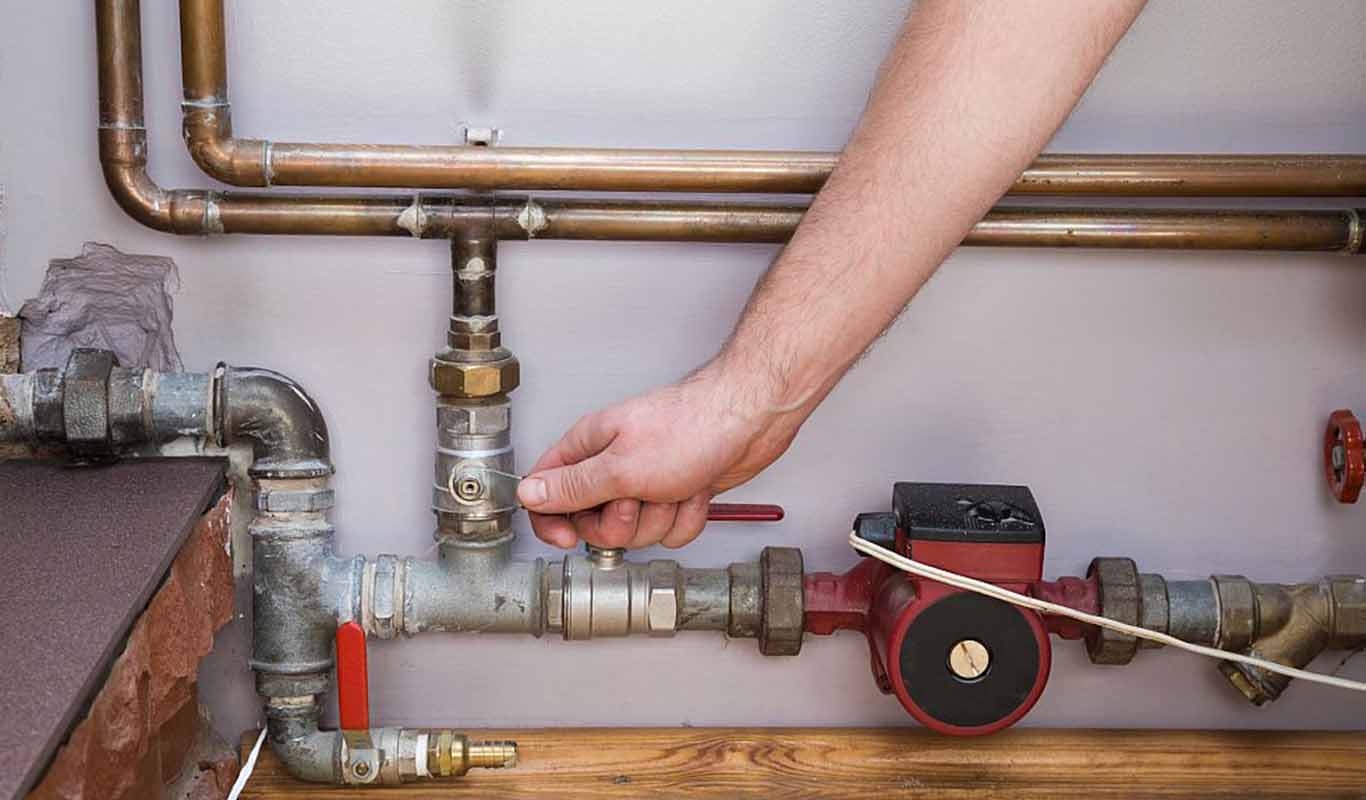
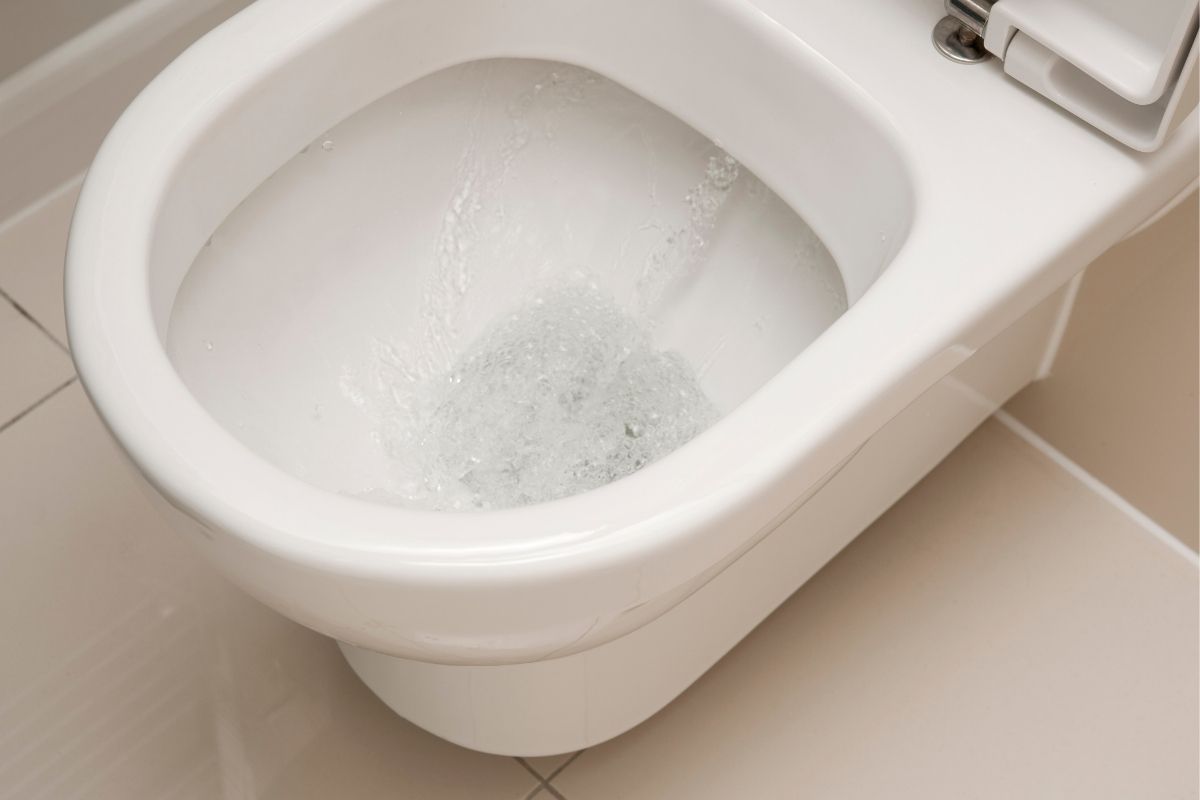
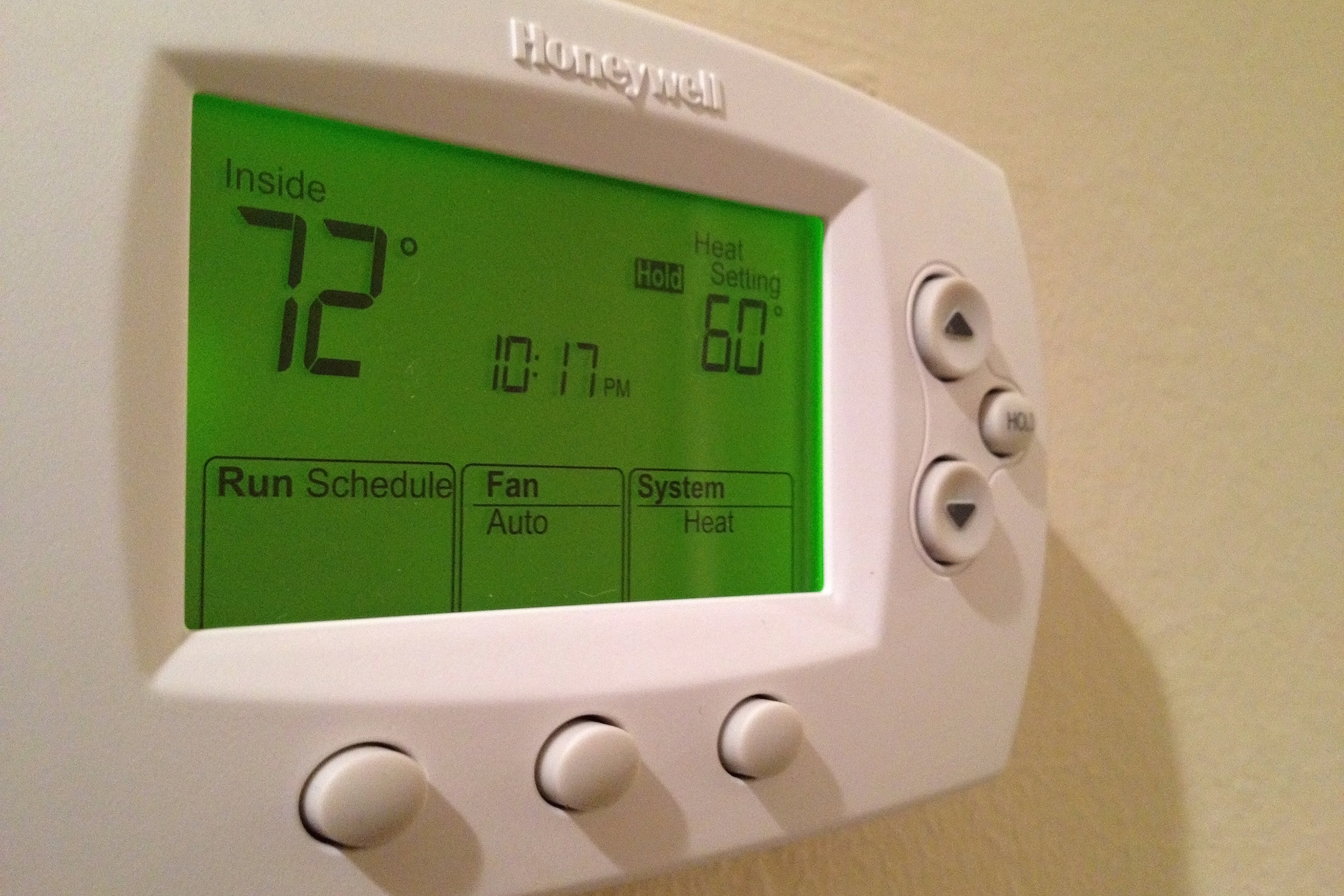
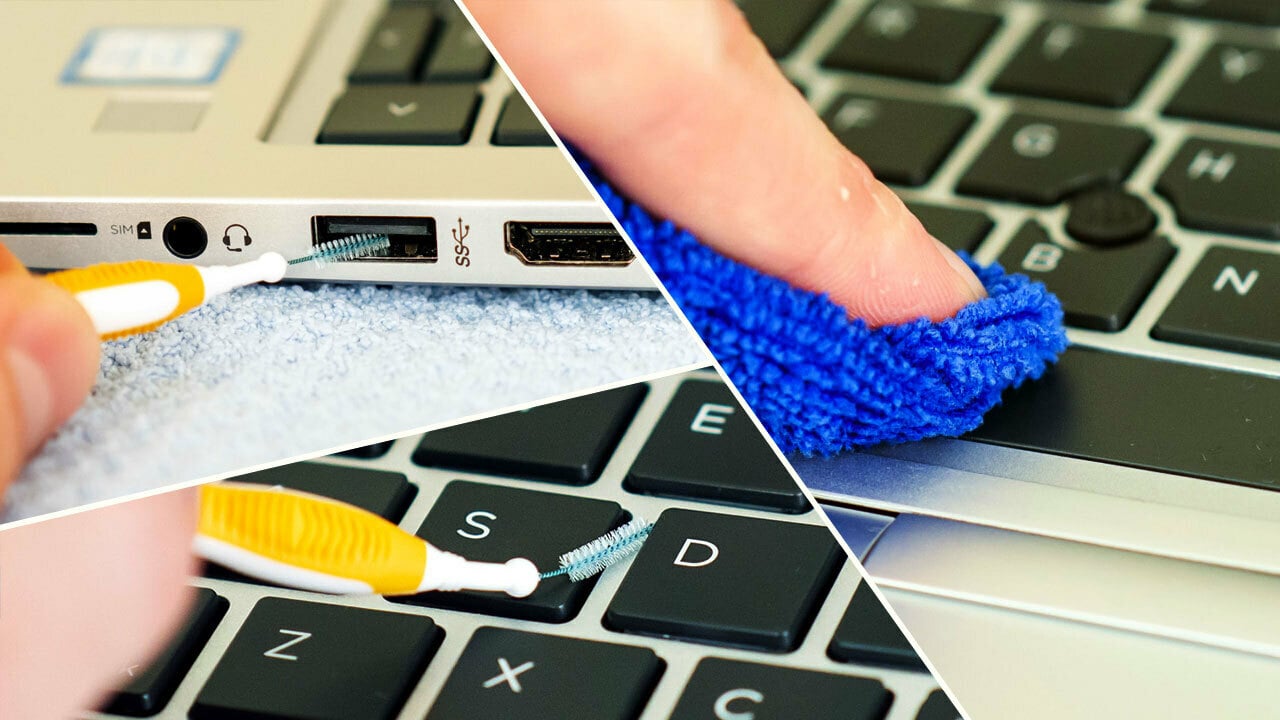
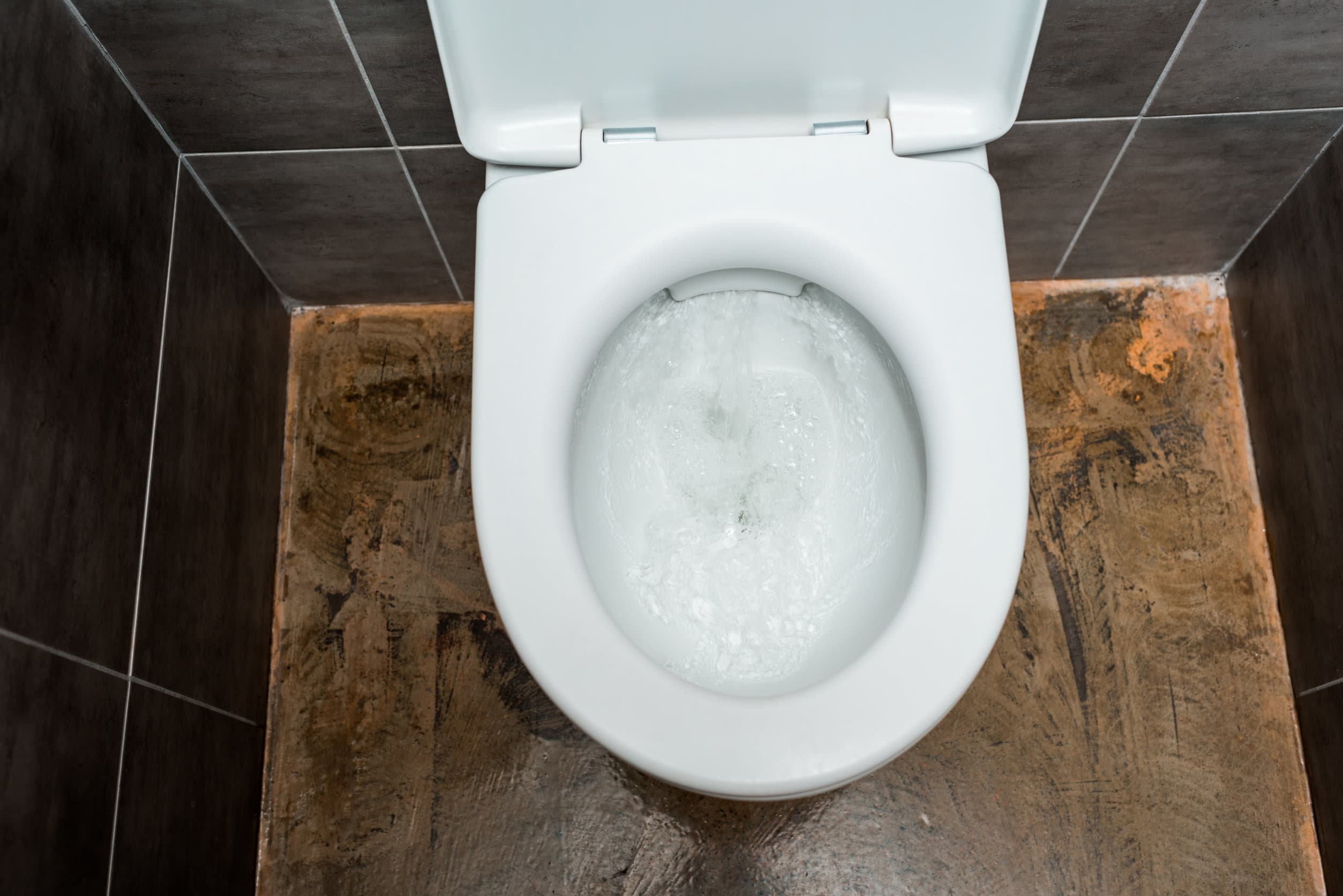
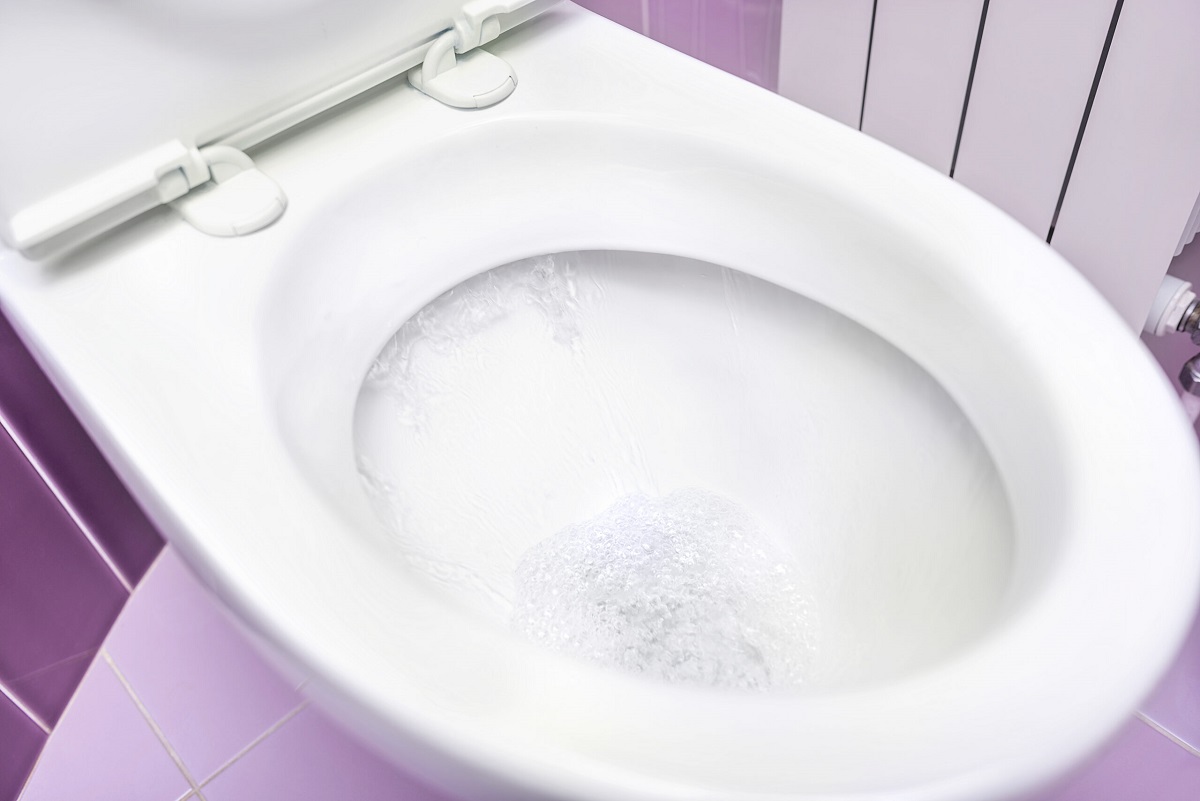
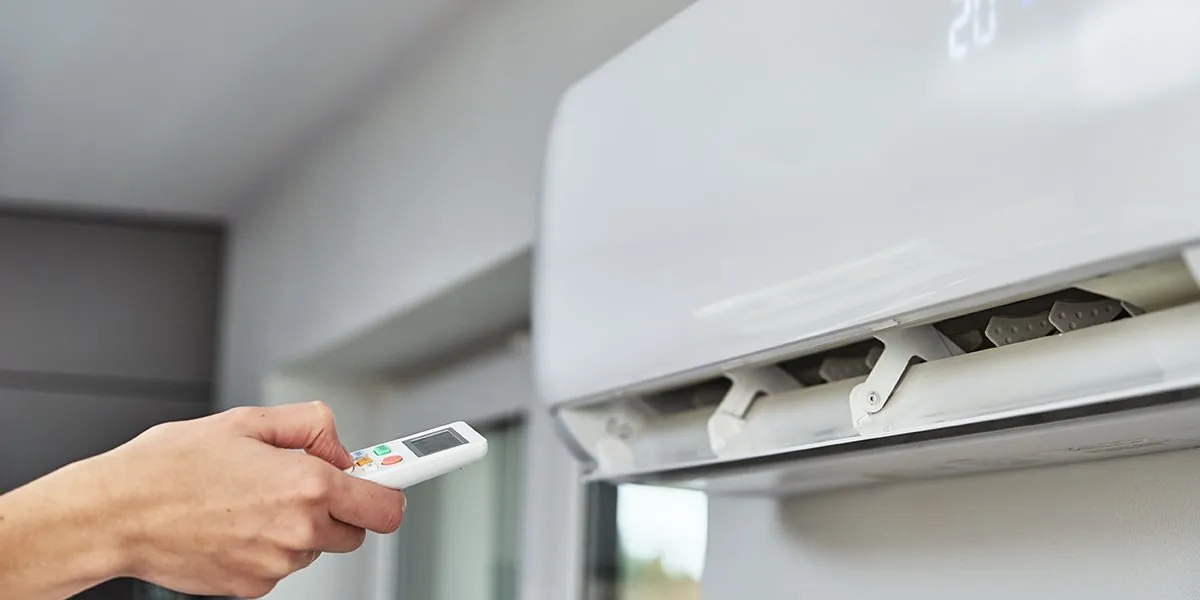
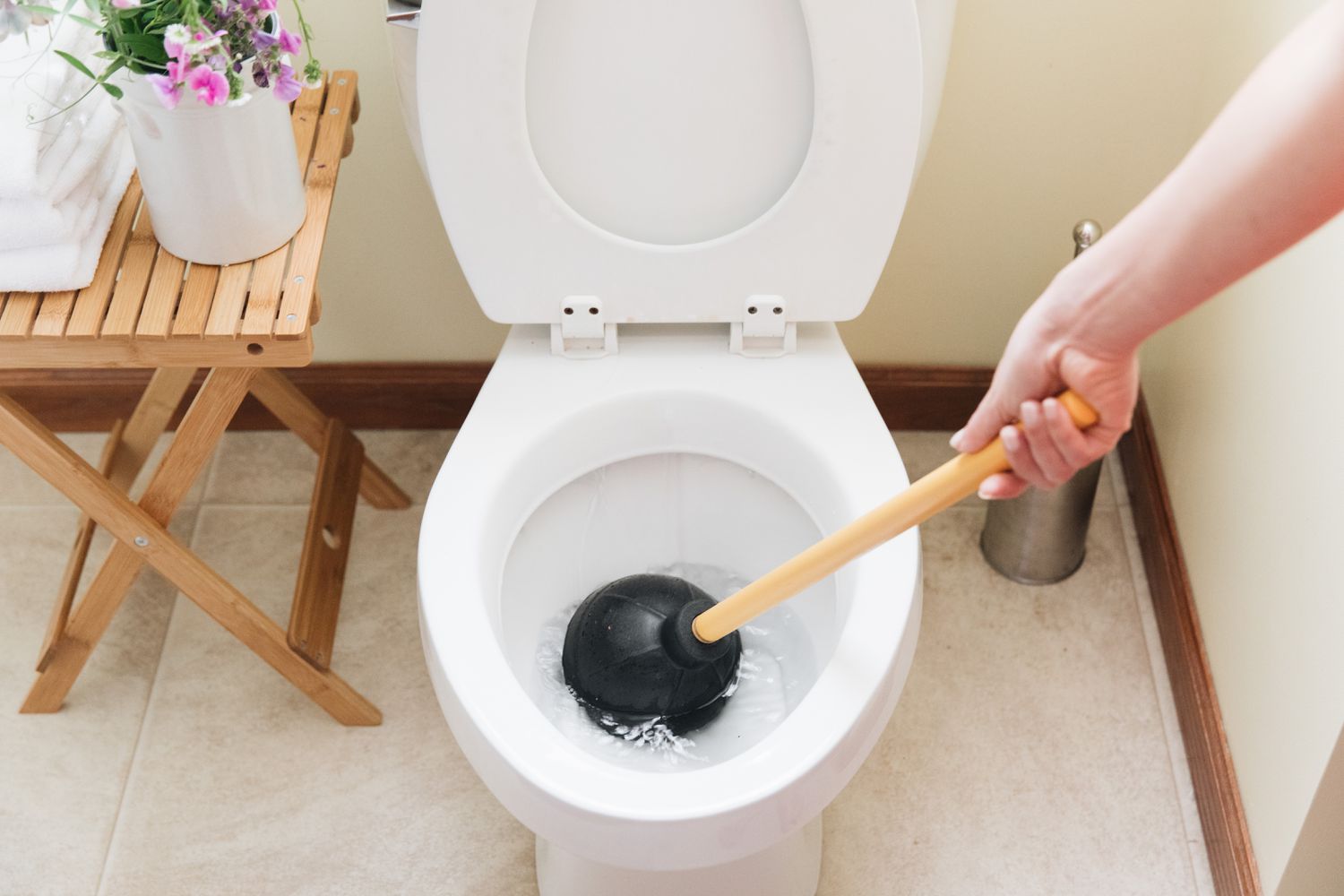
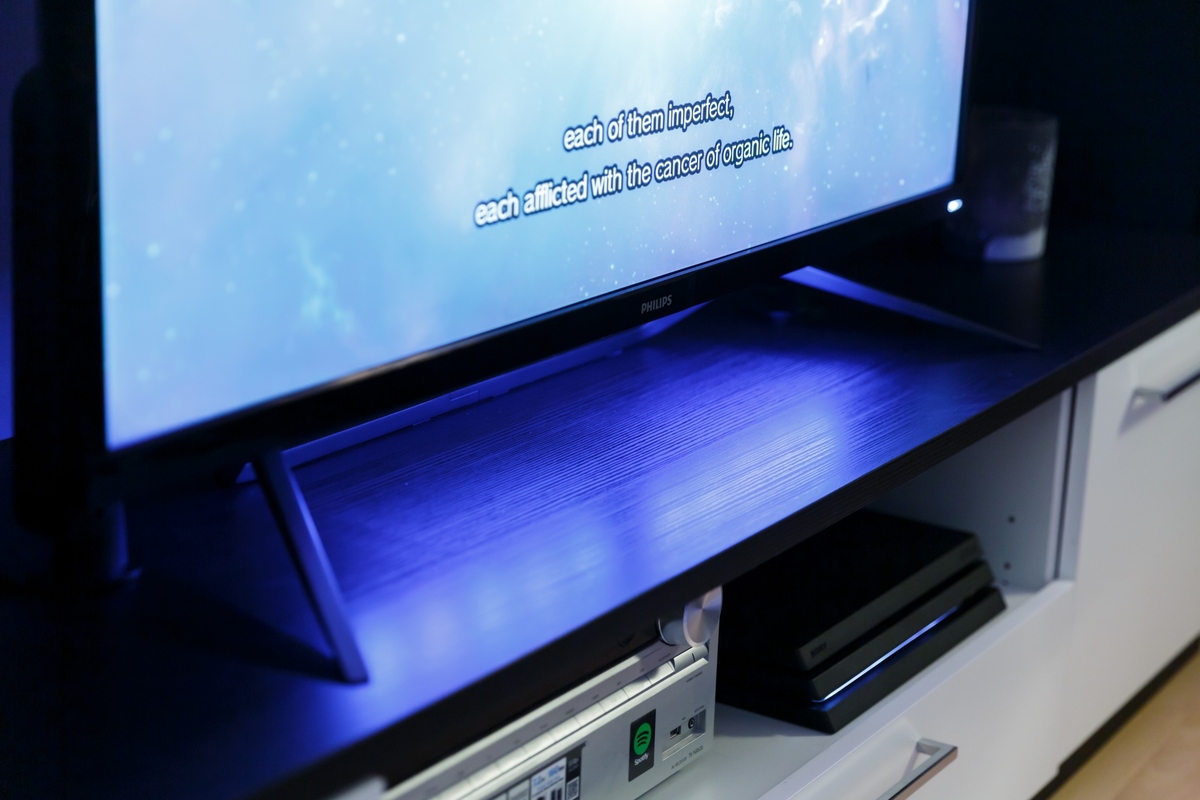


0 thoughts on “Why Does My Laptop Fan Keep Running”